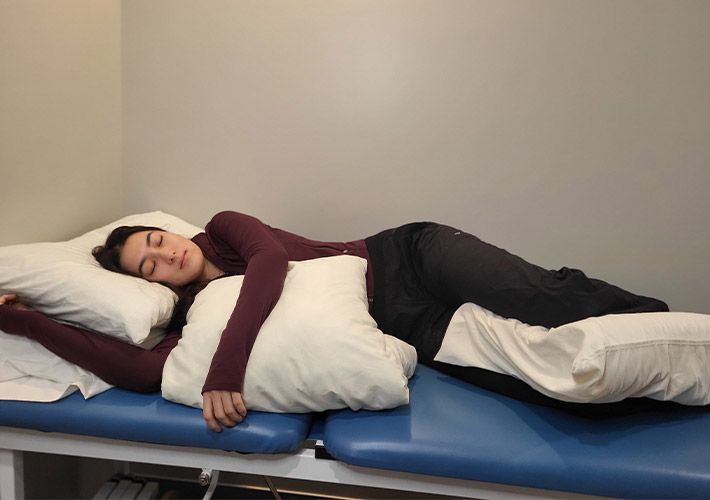SMART New Year’s Resolutions

It’s a universal experience—you make your list of resolutions the last week of December, your motivation is at an all-time high, and you’re ready to make positive changes, no matter how daunting. And then January hits. If you’re really dedicated, you might make it to February. However, as the year starts to get busy, our resolve dissolves and old habits tend to take over once again. The key to making healthy, lasting changes is to make SMART goals. SMART is an acronym of 5 tips for setting effective goals. Follow the this method to make your resolutions focused, easier to attain, and permanent!
Specific
Write out clear and defined goals that are specific. When you make vague resolutions such as “be healthier” or “read more” it can be difficult to start and keep those objectives because there are no clear guidelines within the resolution. To counteract that, focus your goals by writing what needs to be accomplished and what steps need to be taken to achieve it. Examples of this include “walk 30 minutes three times a week” or “read 25 books this year”. Having specific resolutions makes them actionable and is a great stepping stone to realizing them.
Measurable
Have an objective way to measure your progress. This can be an amount of money you want to save, a new PR at the gym you’d like to hit, or a deadline to meet. Write this down alongside the goal itself so you can track how you’re doing throughout the year. Checking back in during your journey to see how you’re progressing can be very encouraging. By quantifying your resolutions, you can see how far you are from the finish line and continue to motivate yourself!
Achievable
Make your goals challenging yet still attainable—this can be a difficult balance to strike. Choose resolutions you believe you can do. Having a positive mindset towards any change is essential. Don’t shoot for the moon if you’ll be discouraged from starting or decide to quit if you cannot sustain something too intense. This is not to limit yourself, rather it can be encouraging to follow through on goals if you believe they are things you can achieve.
Relevant
This is your “why”. Pick goals that mean something to you and write down why they’re important. Think about the big picture and why you’re setting these specific goals. Examples of this are adding in some cardio to your week for good heart health, including weight-lifting in your regimen to pick up grandchildren without pain, or saving money for a down-payment on a house. On days you’re struggling to find motivation, look back on your reasoning to dig deep and keep going!
Time-Bound
Exactly as it sounds, have a timeline for your goal. It doesn’t have to take the whole year and it can vary based on the goal you set. Just write down an idea of when you would like to be done with each specific resolution. Having a light at the end of a tunnel or on the flipside, a little pressure to finish up your project can give you that extra boost to get things done.
With all these tips, it’s important to be gracious with yourself. Yes, the hope is to keep your New Year’s Resolutions however if you fall short of a benchmark or miss the deadline, be proud of yourself for the work you put in and don’t feel discouraged from finishing. Even if you fall off of a routine in the gym or you put down a book you can’t get into, don’t let that stop you from picking back up where you left off or adjusting your goals to fit your needs. Making changes takes time and it’s not always a linear process. Keep making strides to be your best self!
Use the SMART goal tips to set clear, focused resolutions this year, whether it’s January 1st, or the middle of July, challenge yourself to achieve goals and make healthy habits that last!
Bethany Wolcott
D’Youville Chiropractic ‘26












